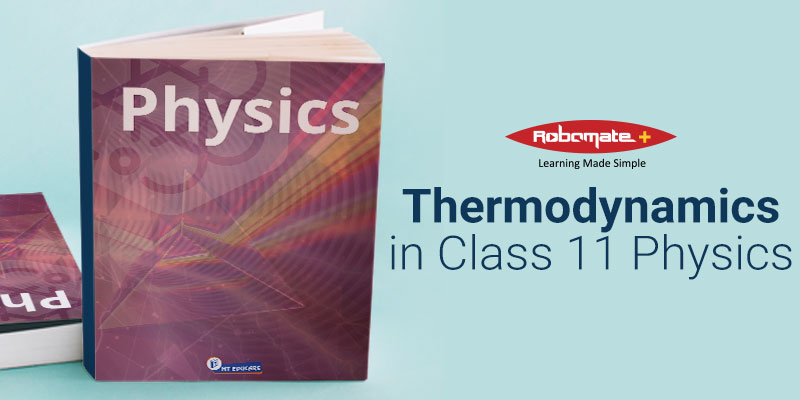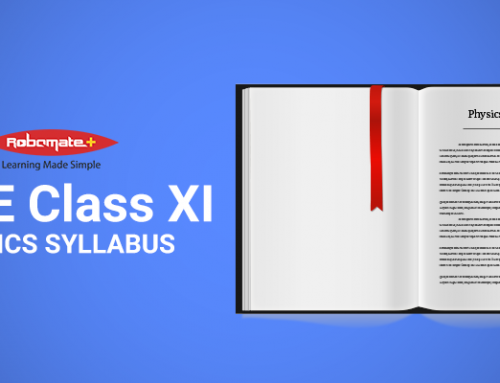Introduction:
The word “thermodynamics” is derived from two Greek words thermé which means heat and dynamics which means force. The thermodynamics was first established for equilibrium state by
Rudolf Julius Clausius in 1850 and later it was extended to non-equilibrium states. The word thermodynamic can be defined as movement or flow of heat.
What is Thermodynamics?
It is a branch of physics which deals between the relation of heat and other forms of energy. The heat can bring about changes in mechanical, electrical, or chemical energy. Thermodynamics explain how the heat energy is converted into other forms of energy.
What is Thermal Energy?
Thermal energy refers to the energy produced by the movement of particles within an object producing heat. The higher the movement of the particles, higher is the heat generated.
Thermodynamics Timeline:
Thermodynamics since its invention has led to development of many thermodynamic principles, here we highlight a few
- 1712: Newcomen invented improved steam engine
- 1798: Count Rumford developed conversion of work into heat
- 1824: Carnot discovery of ‘Reflections on the Motive Power of Fire’
- 1840: Conservation of energy principle
- 1850: Second Law of thermodynamics
- Classical Thermodynamics: This section provides students information about the behavior of matter under study in a broad way. The students will learn the measurement of heat and temperature. The pressure and heat is calculated in terms of units to understand the characteristics during the process.
- Statistical Thermodynamics: This section deals with the properties of each of molecules and the behavior of the molecule and its interaction to characterize the behavior of a group.
- Pure Component Thermodynamics: This section deal with the study of a system in its natural environment.
- Solution Thermodynamics: This section deals with the system which contains more than one chemical in the mixture.
Let us study Classical Thermodynamics in brief
Laws of Thermodynamics:
Zeroth Law of thermodynamics:
This law came into existence after 1st and 2nd law; hence it is called as zeroth law.
Zeroth Law states that “if two thermodynamic systems are in thermal equilibrium with a third systems then they are in thermal equilibrium with each other.”
The first law of thermodynamics: According to this law the energy is always conserved. It states that energy can neither be created nor destroyed, but the energy changes it form from one to another.
It is also called as conservation of energy principle.
Second Law of thermodynamics:
It is also called as Law of Increased Entropy. As per this law the quality of energy deteriorates over a period of time.
This law states that thermal energy flows from energy rich area to energy deficient area. This is an important aspects and can be exemplified by the cooling effect produced by air conditioner.
Third Law of thermodynamics:
It states that the entropy of a system is zero if the temperature of the symtem is equal to absolute zero (0 K). Entropy can be defined as motion of the molecule which zero at an absolute temperature of 0 K.
What is Enthalpy?
Enthalpy is the measurement of energy in a thermodynamic system. It is the energy of the system which is equal internal energy of the system and also the the product of volume and pressure.
Mathematically, the enthalpy, H, equals to the sum of the internal energy, E, and the product of the pressure, P, and volume, V, of the system.
H = E + PV
What is Entropy?
Entropy is a thermodynamic quantity whose system’s thermal energy is not available for conversion into mechanical work. This depends on the randomness or disorder of a system.
Different Measures of Energy:
Internal Energy:U=∫TdS−PdV+∑iμidNi
Helmholtz free energy: F = U – TS
Enthalpy: H = U + PV
Gibbs free energy: G = U + PV – TS
Solved Examples:
Example 1: Calculate ΔG
at 290 K for the following reaction:
2NO(g)+O2(g)→2NO2(g)
Given
ΔH = -120kJ
ΔS=−150JK−1
Solution: To make the unit of ΔS same as ΔH, we have to convert the unit of ΔS as follows,
ΔS=−150:J/K(1:kJ1000:J)⇒ΔS=−0.15kJ/K
We know that,
G=U+PV−TS⇒ΔG=ΔH−TΔS
So,
ΔG=−120:kJ−(290K)(−0.150:kJ/K)⇒ΔG=−120:kJ+43kJ⇒ΔG=−77:kJ
Therefore, ΔG is -77kJ










